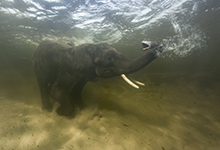
Episode 1 — From Pole To Pole
The tilt of the earth’s orbit to the sun dictates all our lives, creating the seasons, which in turn trigger the greatest spectacles on our earth, the mass migration of animals. In the Arctic, a million caribou trek across the wastes, pursued by wolves and a mother polar bear prepares her two cubs for a perilous journey. In the Kalahari Desert, an epic trek is undertaken by hundreds of elephants as they attempt to reach the Okavango Swamps
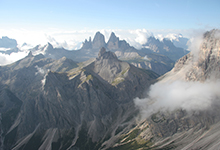
Episode 2 — Mountains
Tour the mightiest mountain ranges, starting with the birth of a mountain at one of the lowest places on Earth and ending on the summit of Everest. Mountains are home to some of the shyest and most secretive animals on the planet. See troops of gelada baboons in Ethiopia, pumas in the Andes, grizzlies that survive in the Rockies, snow leopards in Pakistan and China’s giant pandas; all rising to the challenge of mountain life.
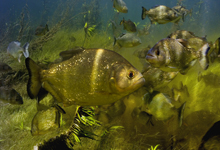
Episode 3 — Fresh Water
Just three per cent of the Planet’s water is fresh water and it is our most precious resource. Where it flows or falls it controls the distribution of all terrestrial life. Follow the descent of rivers from their mountain sources to the sea and showcases the unique and dramatic wildlife found within its unexplored waters. Fly down the Grand Canyon and dive deep into the word’s deepest lake, Lake Baikal in Siberia, home to the world’s only freshwater seal and giant prehistoric amphipods.
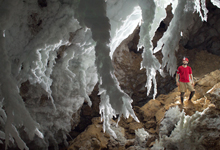
Episode 4 — Caves
Descend into an undiscovered world of the most remarkable and bizarre animals on earth, from cave swiftlets, which navigate through pitch-black caverns using echo-location and build nests out of saliva, to the troglodytes – weird creatures that never see daylight nor ever set foot on the surface. Specialists like the Texas cave salamander and Thailand’s cave angelfish, neither of which have eyes nor pigment.
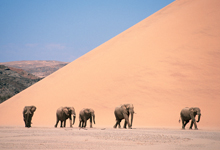
Episode 5 — Deserts
Deserts are united by their lack of rain, yet they are the most varied of our planet’s ecosystems. Mongolia’s Gobi Desert is home to wild Bactrian camels, one of the rarest mammals on the planet, which survive by eating snow in lieu of water. In the Atacama in Chile, guanacos survive in the driest desert in the world by licking the dew from cactus spines. Discover the secrets behind desert survival.
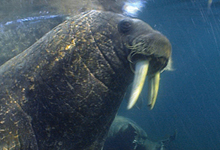
Episode 6 — Ice Worlds
Journey to the polar extremes of our planet, where for most of the year the Arctic and Antarctic are locked in ice. As the sun abandons one pole and journeys to the other, these frozen worlds undergo the most extreme seasonal transformation on the planet – from the total darkness and numbing temperatures of the polar winter to the midnight sun of the summer, when the sun never sets.
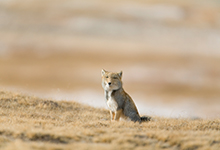
Episode 7 — Great Plains
The vast open wildernesses of African savannah, Asian steppe, Arctic tundra and North American prairie are the great plains of the planet. Together they cover more than a quarter of the land on Earth and one living thing is at their heart – grass. This humble plant feeds the greatest gatherings of wildlife found anywhere on Earth. From Africa’s red-billed quelea, to Mongolian gazelle, Tibetan wild yaks, and India’s rhinos, elephants and wild pigs.
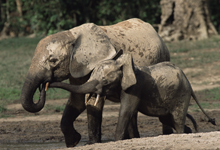
Episode 8 — Jungles
Jungles cover roughly three per cent of our planet, yet contain a staggering 50% of the world’s species. Located around the warm, sunny equatorial zone, complete with constant daylight, conditions are perfect for life to flourish. However, surviving the jungle is far from easy. Finding food in a rainforest is a challenge but those who have developed a successful jungle strategy of specialization are flourishing.
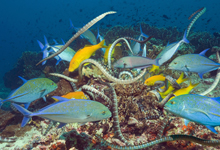
Episode 9 — Shallow Seas
Uncover mysterious giant colonies of seabirds nesting in the baking Arabian Desert and ingenious surfing dolphins, that have learnt to hydroplane right up onto the beach to catch their fish. Get up close to the coral reefs in tropical Indonesia that are home to fantasy-like creatures – such as the head-butting pygmy seahorse, the flashing ‘electric’ clam and bands of 30-strong sea snakes which hunt in packs, using cunning strategy. Time-lapse photography reveals extraordinary events normally too slow to register. Plagues of sea urchins fell great aquatic forests of giant kelp and star fish are shown on the rampage – including the world’s biggest, the giant sun star, a monster in its world.
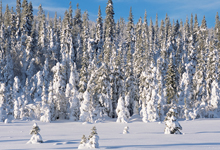
Episode 10 — Seasonal Forests
From the evergreen forests of the frozen North to the deciduous dry forests of the Equator, the woodlands on Earth are a silent world that produces so much oxygen they change the atmosphere. The forests of Earth are home to the largest living thing on the planet and the oldest organisms alive.
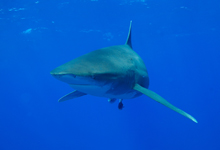
Episode 11 — Ocean Deep
Oceans cover two thirds of the planet, yet largely remain unexplored. For animals that dwell on the surface or within the deepest abyss, it’s finding food and conserving energy that is paramount. Travel the world to reveal the extraordinary lengths life takes in its bid to survive this immense and barren realm. From sharks off the coast of Venezuela to plankton migration near Hawaii, squadrons of squids in Costa Rica and deep-sea octopuses avoiding predators, the inhabitants of the oceans must know when to conserve their resources and when to burn fuel for speed.

